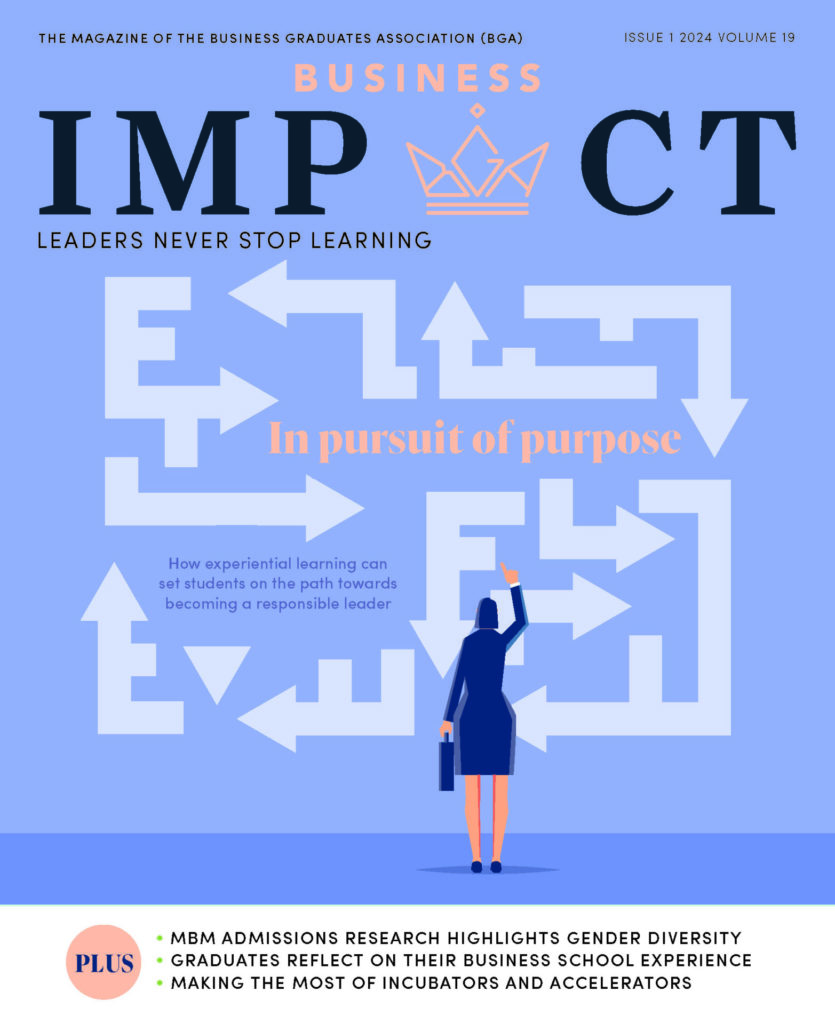There were so many things I enjoyed about doing my MBA. As I was doing it part time while I worked, I also had lots of opportunities to put the learning immediately into practice. Decades on, I can now see that the one thing that wasn’t covered on the syllabus is something which has been seen to have the biggest impact on teams and organisations: feedback.
That’s right; feedback. Why is it that this one word creates a sense of fear whenever most people hear it? Then there is that slightly sarcastic inference that ‘feedback is a gift’, when the process of providing and receiving it is something that most people dread.
Like all things we do, those that become habitual get easier. And like all habits, that starts with practice. When you think about all areas of management and leadership, some things come so naturally that when you’re asked how you do it, you really have to stop and think about it. It is so well ingrained that it has become a subconscious competence. In others, you’ll have had to practice and learn from experience – especially when things haven’t gone well – and it’s much more of a conscious competence that you step through every time you do it.
The detrimental impact of a lack of feedback
A true culture of feedback is rarely seen in organisations, largely due to the dread that the word creates. This means the habit doesn’t get formed and the viral impact of learning from each other continuously is lost. This is such a shame. Feedback isn’t just a gift, it is – as Boris Becker once said – ‘the breakfast of champions’. How can we know what we’re doing well and where we need to improve if no one tells us? Where are the opportunities for personal development and growth if that insight is denied?
Think about your own experience. How many times have you worked in a team when it’s obvious that someone is being carried by others, yet no one is addressing this? Can you remember the impact? The drain on morale and motivation of the rest of the team. The resentment that builds. The feelings of negativity that this creates towards that individual.
It works the same way for star performers. Those people doing well, but rarely having their contribution acknowledged. Having no opportunities to celebrate their success. No visibility for their achievements in a way that might aid their development or career progression. There is a palpable dip in motivation caused by this, both for the individual and their contribution to the team.
Not only does this have a detrimental impact on the individuals concerned, it also undermines team cohesion. It creates an implicit acceptance of a reduced sense of transparency and openness. An unwillingness to tackle difficult issues. Ultimately, this will start to reduce the value that group of people adds, so that its members are no longer greater than the sum of their parts in whatever endeavour they’re applying themselves to.
Three top tips for building a culture of feedback
If you accept the premise that culture is an accelerant of performance, cultures with excellent feedback practice at their heart are those that make the biggest difference. Conversations between managers and direct reports are richer and more valuable. Successes are acknowledged and captured. Areas for improvement can be coached and supported. Where we’ve seen it work well in all types of teams, there has been an overt conversation between team members as to both the importance of feedback and how they’ll hold each other to account.
So here are three top tips for starting to build feedback into your daily practice and helping others to do the same:
1. Make it frequent, in the moment and brief
Feedback shouldn’t need to be a big conversation which you need to prepare for – that tends to mean that things have gone too long without any feedback. It should look like this: ‘The way that you opened today’s presentation today had real impact, I could see that the example you used really engaged the audience and made the rest of the session flow much more easily’. Or: ‘The way that you opened today’s presentation lacked impact compared with how I’ve seen you do it before; perhaps changing the example didn’t work as well as you thought it might.’ Simple. Short. Constructive. Objective. The best kind of feedback.
2. Stop thinking of feedback as positive or negative
There is no such thing as positive or negative feedback, there is just feedback. Just think of feedback as information which will help someone improve. From good to great. From under par to good enough. The only consideration is to make sure that when the feedback is provided it is done so with positive intent. With kindness. And in the spirit of encouraging learning and growth.
3. Open questions encourage ownership
You can tell people something, as in the example given in the first point. Or you can ask people: ‘What do you think was different about the way you delivered the presentation today?’. When you ask people it forces them to engage in the process of thinking about the question, and deepens ownership of the answer. Providing feedback by asking a series of open questions so that the recipient arrives at the point by themselves is a way of supercharging ownership and action on the back of this information. Sometimes telling people works just fine, other times you need to ask. The best kind of feedback conversations tend to start with a simple tell and, if it is more complex, continues with a series of asks.
If you’ve read this far and are now thinking, ‘yes, that’s all well and good, but I can’t do that,’ you should try to reflect on what it is that is getting in your way. And then do something about it. Getting good at this will accelerate your own performance and that of others.
If the only barrier is yourself and you find it hard to get started, then find someone you trust, share your desire to do this and ask them to hold you to account. Sometimes making a commitment public is all it takes to make a start on developing a new skill.








